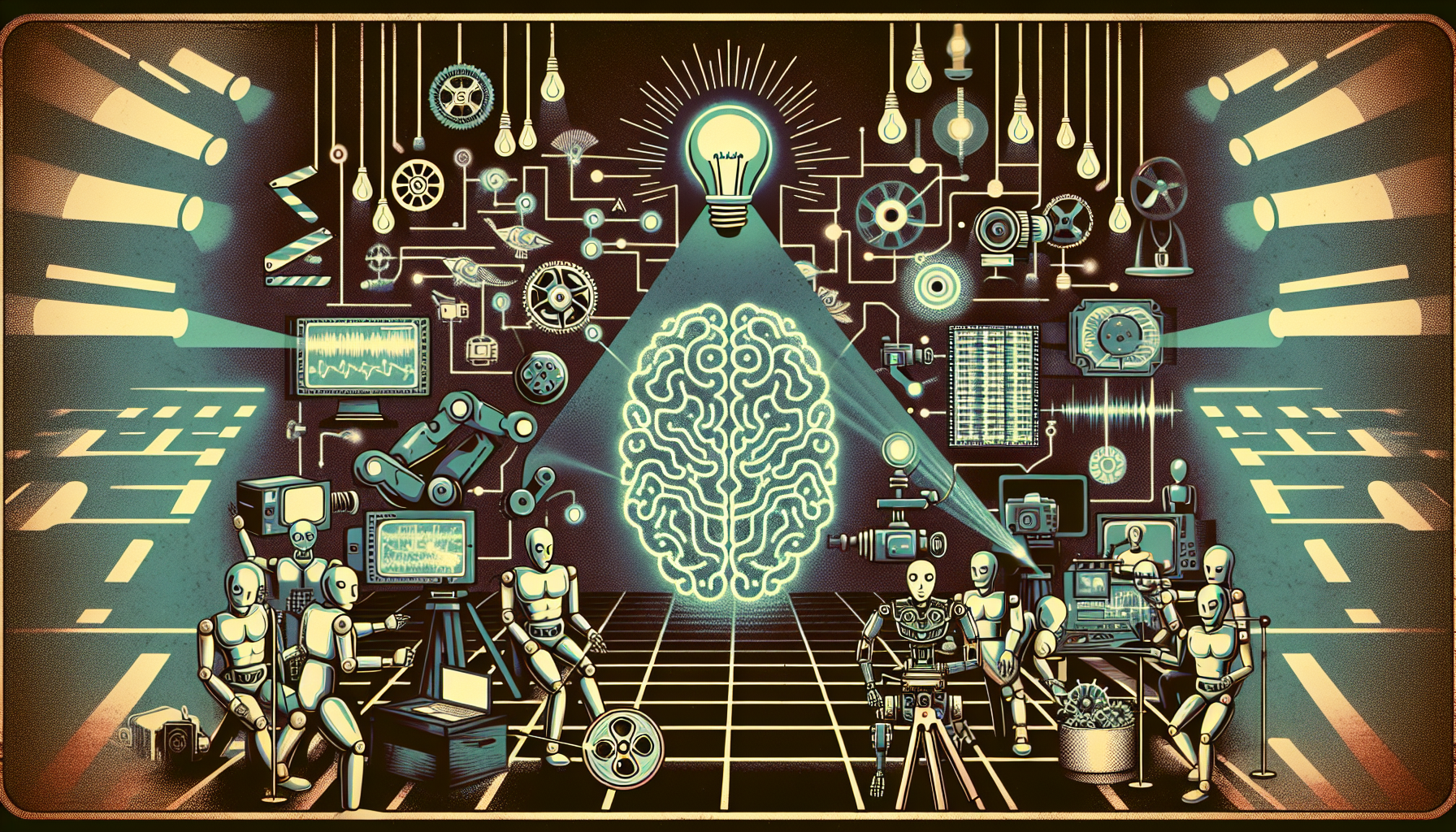The world of filmmaking is entering a new era, guided by the steady hands of artificial intelligence (AI) and robotics. These technologies aren’t just tools—they are now creative partners, touching every stage of the process, from the very first spark of an idea to the final moments in the editing room. Their influence is shaping not just how films are made, but what stories can be told.
AI in Storytelling and Scriptwriting
AI has begun to help writers imagine new worlds and characters. Specialized programs can suggest plot twists, generate dialogue, and even craft entire story outlines. By analyzing hundreds of successful films, these systems identify what keeps audiences emotionally engaged. Writers use this information to hone their scripts, sometimes discovering directions they might never have considered.
Some worry this approach could threaten creativity. They ask: can a machine truly understand human emotion? While this debate continues, many filmmakers find these digital assistants invaluable. By streamlining routine tasks, AI lets storytellers focus on imagination and innovation.
Creating Scenes and Visual Wonders
Modern filmmaking often calls for stunning visuals. Generative AI tools make it possible to design scenes, characters, and environments that would be too expensive or time-consuming to build with traditional methods. Programs like Adobe Firefly, Google’s Veo, and Luma AI’s Ray3 can turn simple drawings into lifelike animations and dazzling effects.
Directors have already used these tools to bring hand-drawn characters to life, generating polished, animated frames and seamless visual sequences. AI also streamlines post-production: it can fill in background details, generate realistic sound effects, and even compose music that matches the mood of a scene.
The Precision of Robotics on Set
Robots are beginning to take their place on film sets, performing tasks that require precision and repetition. Advanced robotic arms and even humanoid robots can operate cameras, creating smooth, complex shots over and over again without growing tired.
This technology is especially valuable during action scenes or sequences that demand visual effects. Human directors can map out camera movements with familiar devices, then have robots repeat those actions with flawless accuracy. Rather than replacing the artistry of camera operators, robots are becoming trusted collaborators, ensuring every take is consistent and every shot is stable.
Challenges and Concerns
As AI and robotics become more common in filmmaking, important questions follow. Some fear that relying too much on technology could make films feel formulaic, dulling the spark of human creativity. Others worry about the future of traditional film jobs.
Filmmakers and audiences alike are asking: where do we draw the line? The most forward-thinking directors see technology as a way to break boundaries, not as a threat. For them, AI and robotics are tools that take away some of the burdens, giving artists the freedom to explore, invent, and dream.
The Path Forward: Working Together
The future of cinema is not a contest between humans and machines, but a partnership. As AI and robotics become more sophisticated, they will handle routine or technical challenges, while filmmakers remain the heart and soul of the creative process.
This collaboration promises films that are not only visually breathtaking but also rich in emotion, imagination, and meaning. Technology provides new paintbrushes and canvases—the vision and inspiration will always come from those who dare to tell the stories.
AI and robotics are changing filmmaking from the inside out. They are speeding up the process, reducing costs, and sparking fresh possibilities. Yet at the center of it all remains the human spirit, guiding each step, ensuring that these new tools help create movies that move us, surprise us, and remind us of our endless potential for wonder.

Leave a Reply